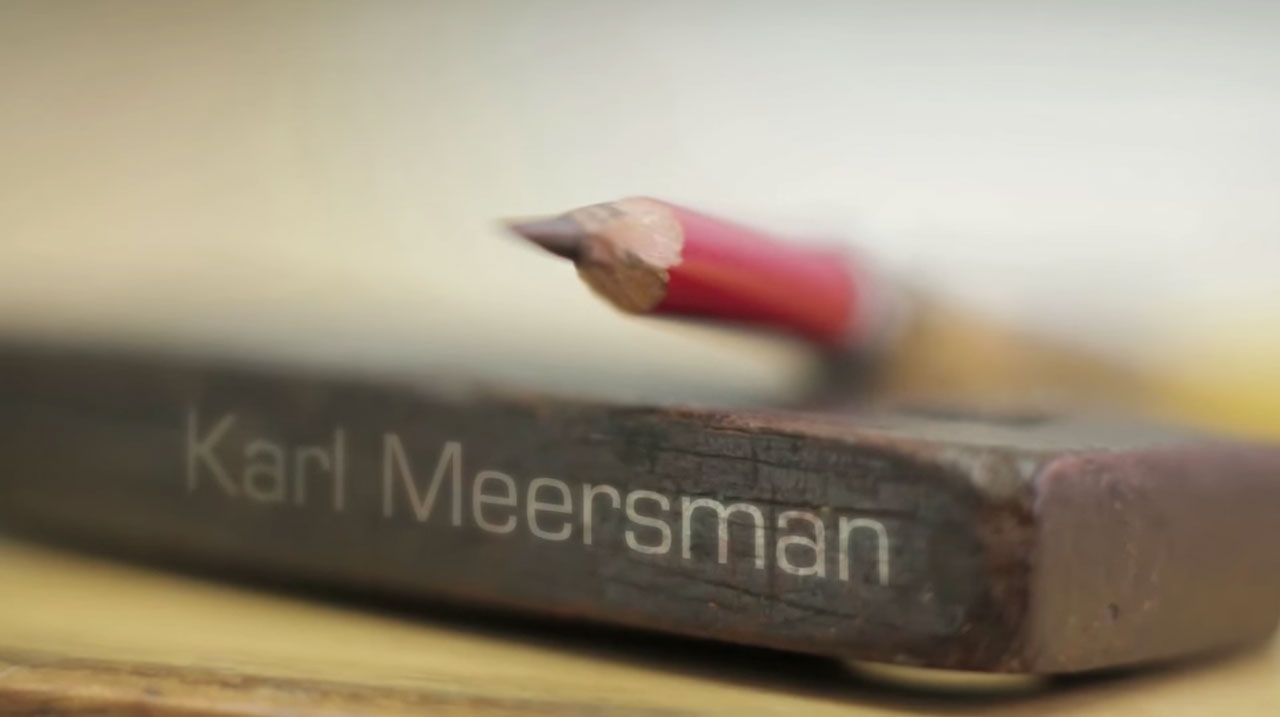Vanitas on papier (Paul Huvenne)
Thoughts on Karl Meersman"s “Paper Portraits”.
Paul Huvenne, Director of the Museum of Fine Arts in Antwerp
The ancient Romans were animists, they believed in life after death - not only through metamorphosis but also, when it came to their loved ones, through existence on the other side. As Augustin wrote, in a letter that is often read at funerals and that catches the imagination: “Grieve not, for I am on the other side”. That is why they honoured their dead with an effigy on the household altar among the household gods, the lares and penates. As these effigies were memorials of real people, the ritual images of ancestors gradually developed into unparalleled portraits. After all, although they belonged unmistakably to the same house, Uncle Julius differed from Cousin Marcus in character, particularities and certain traits that everyone had always noticed and still remembered. That was the context for producing individualised portraits. It should be no surprise then that the Egyptian Copts, as citizens of the late Roman Empire, assimilated this tradition of portraiture for the faces that they gave their mummies, attached as they were to the thought of eternal life for a person’s soul.
...
